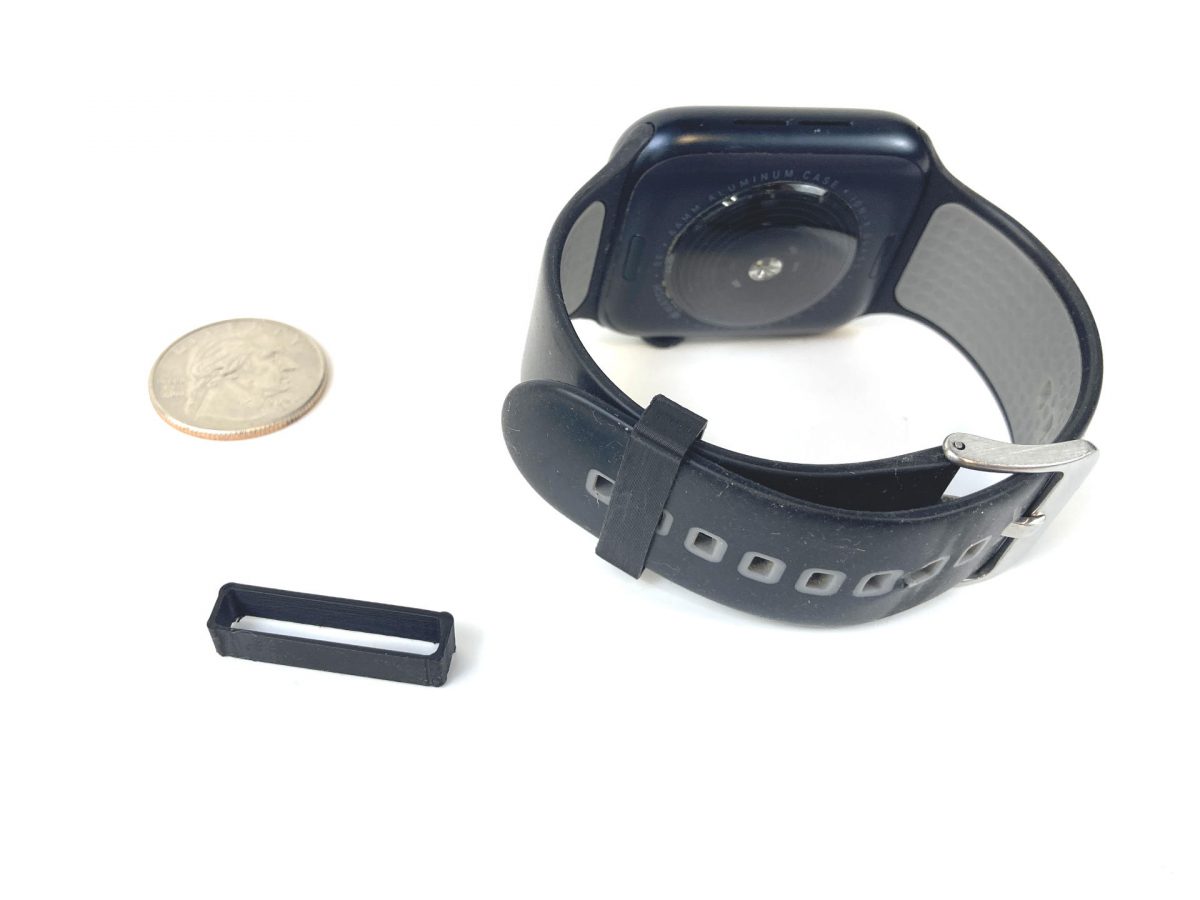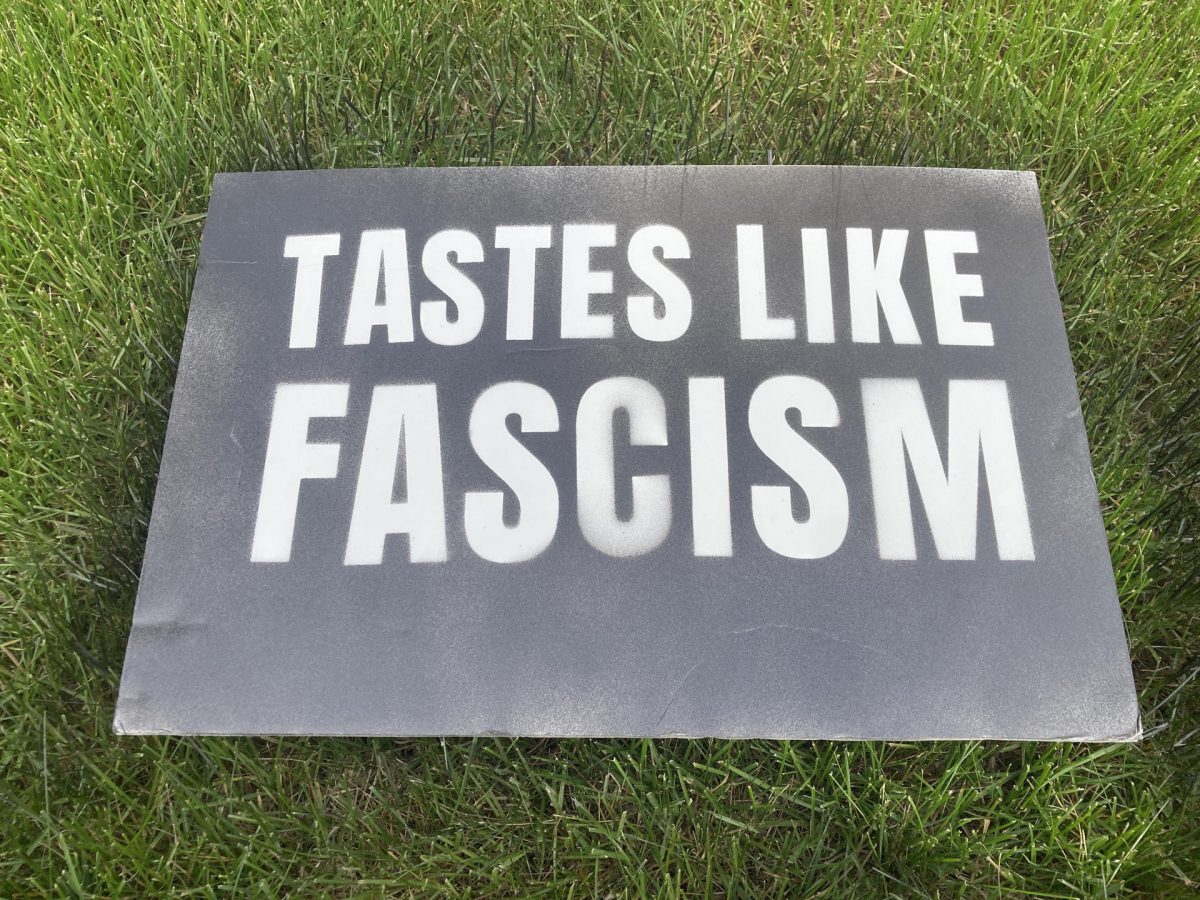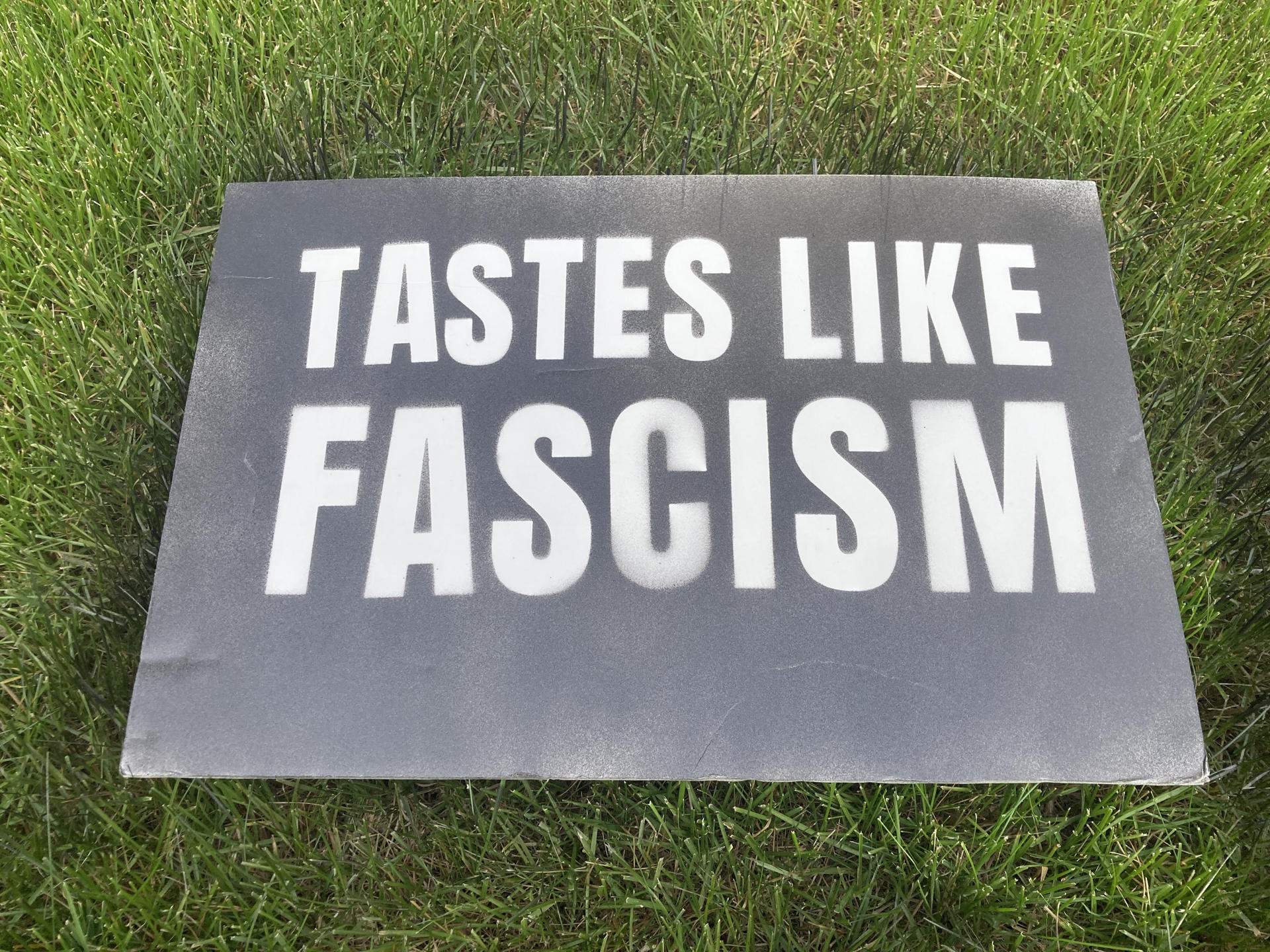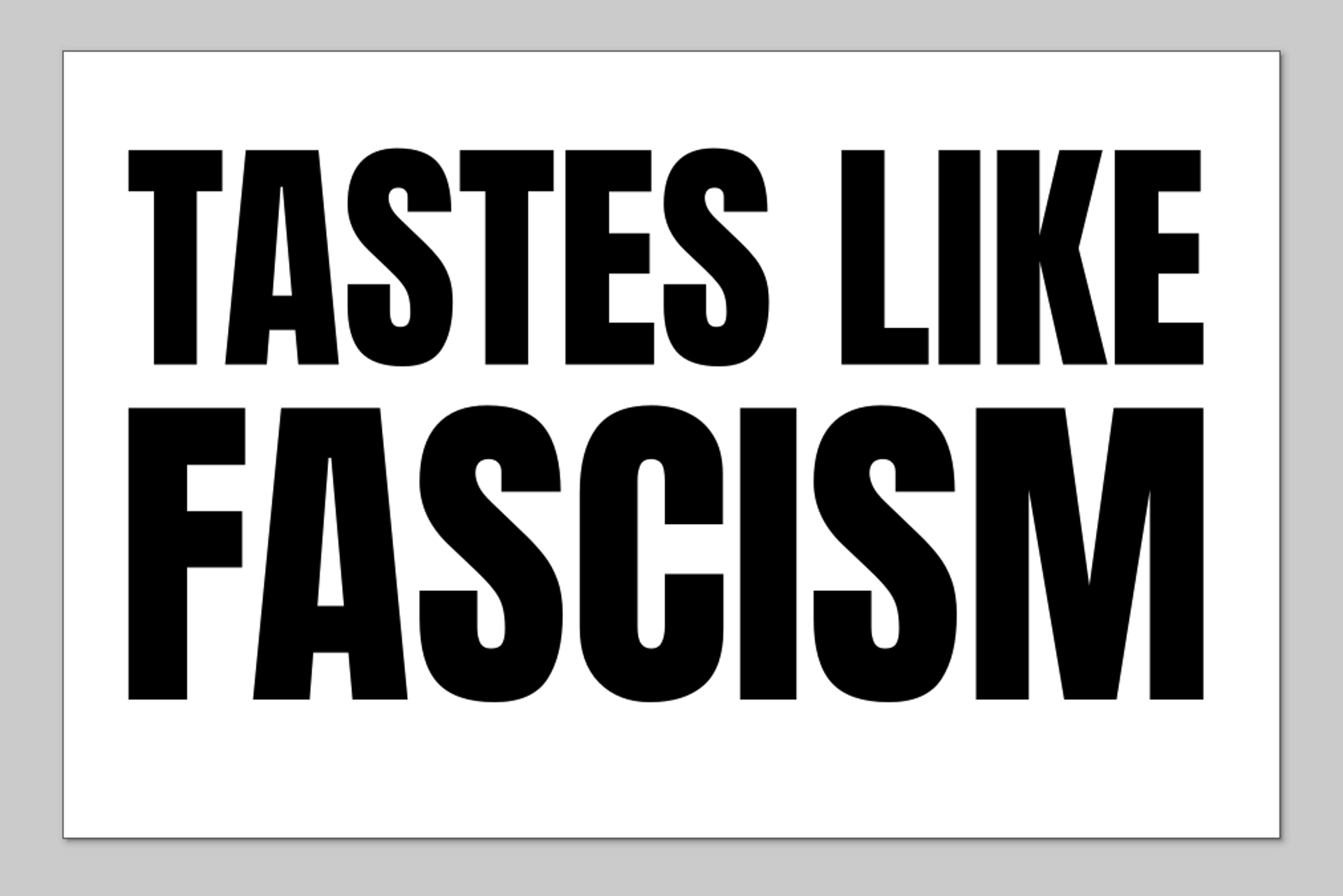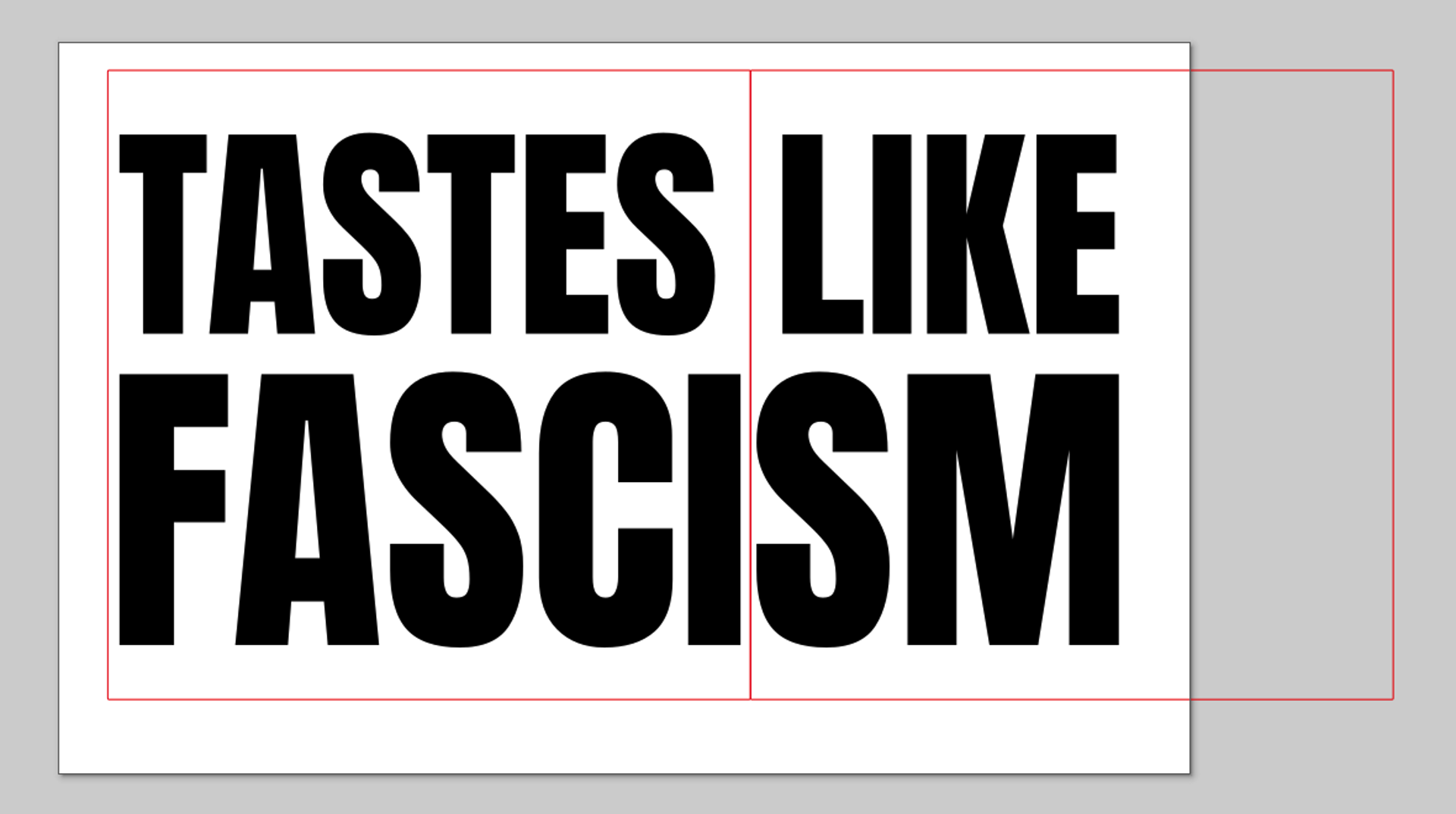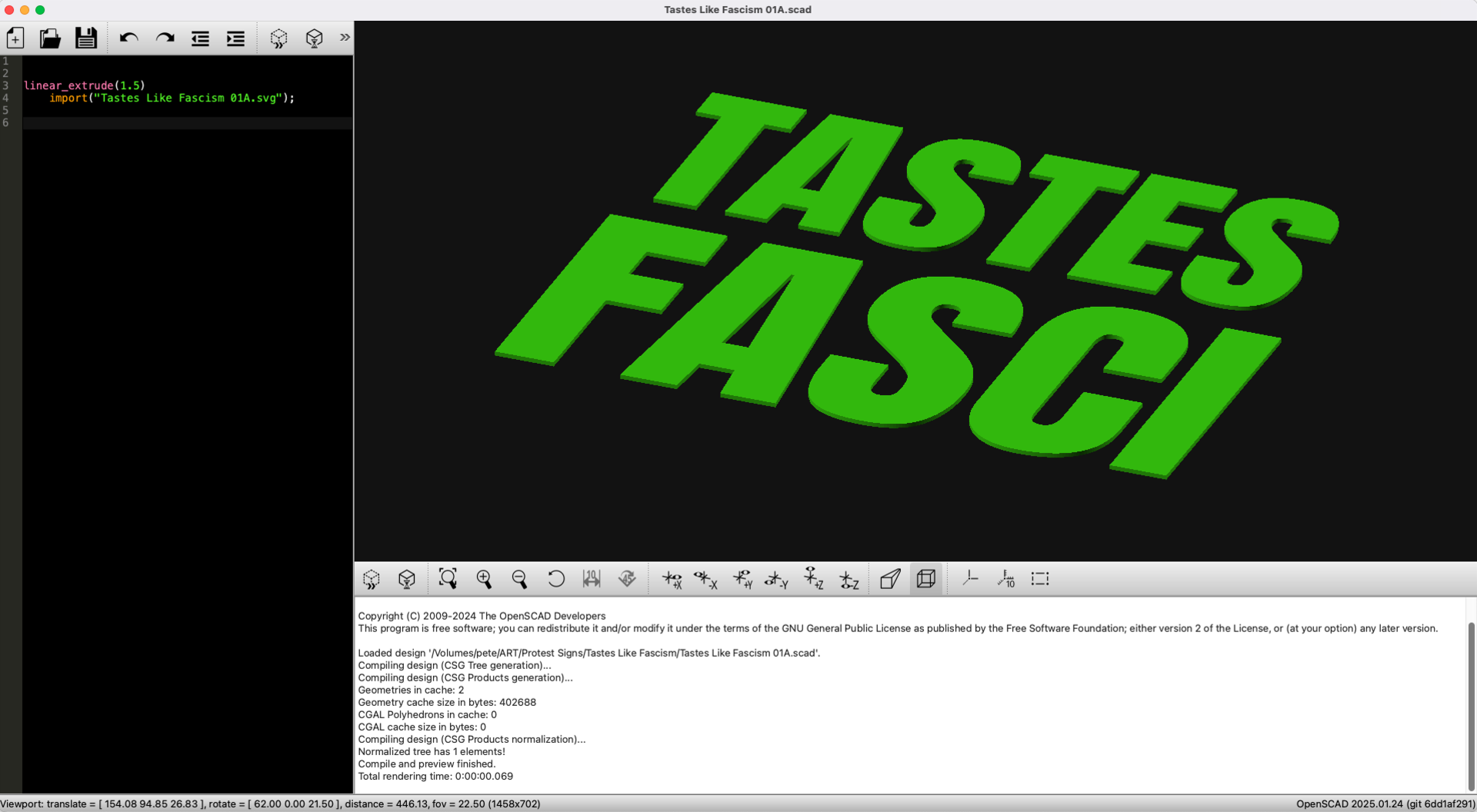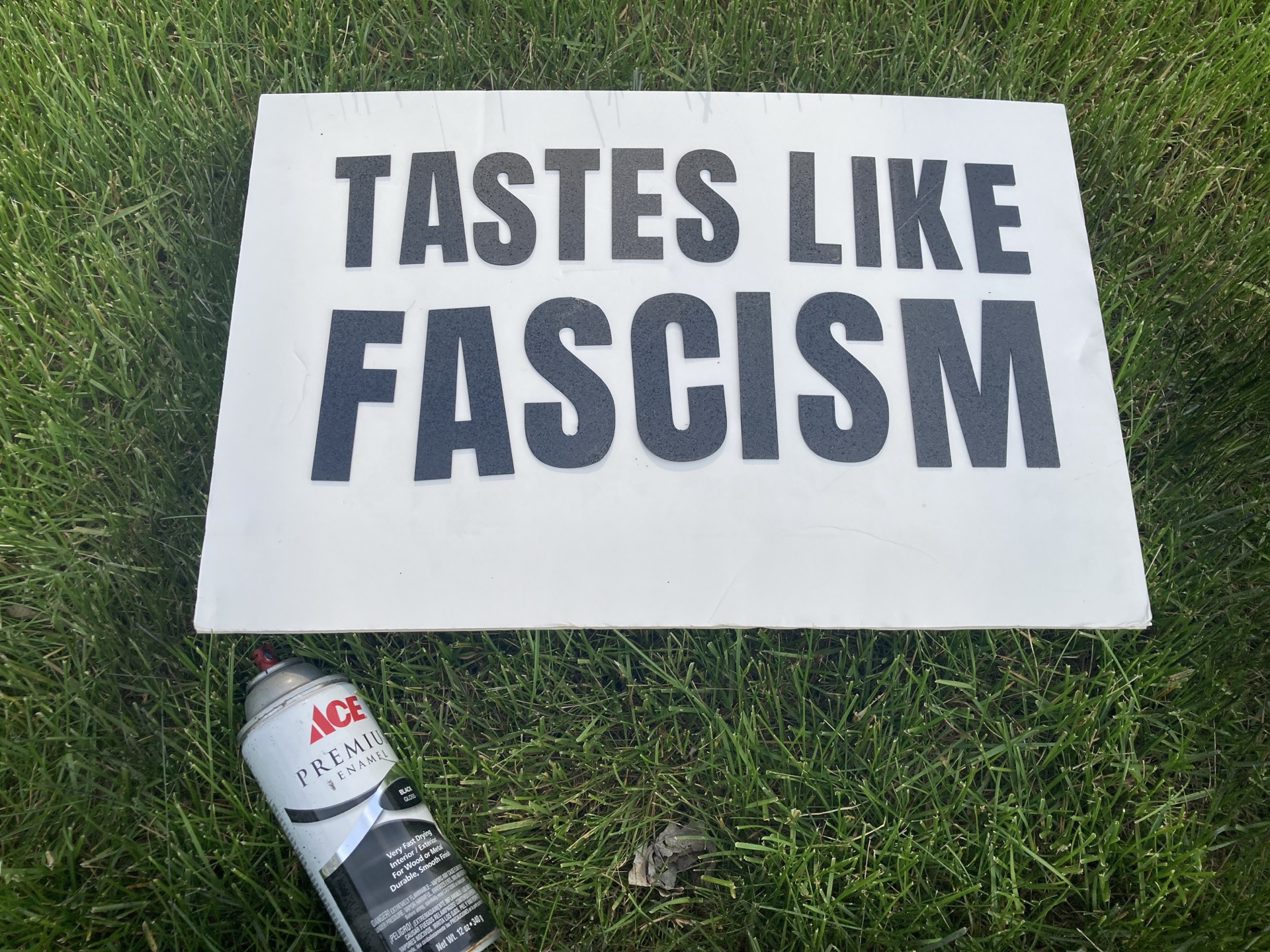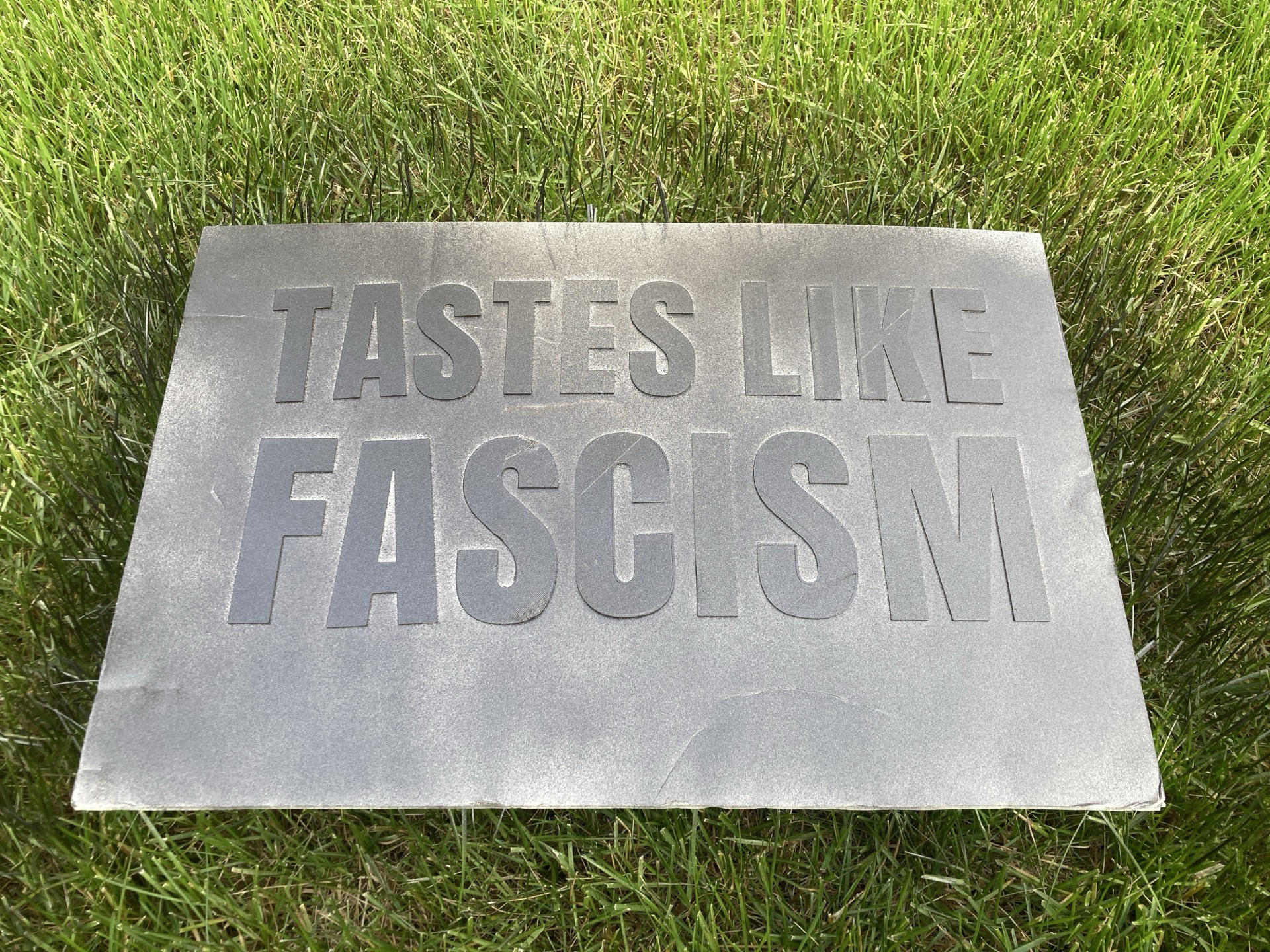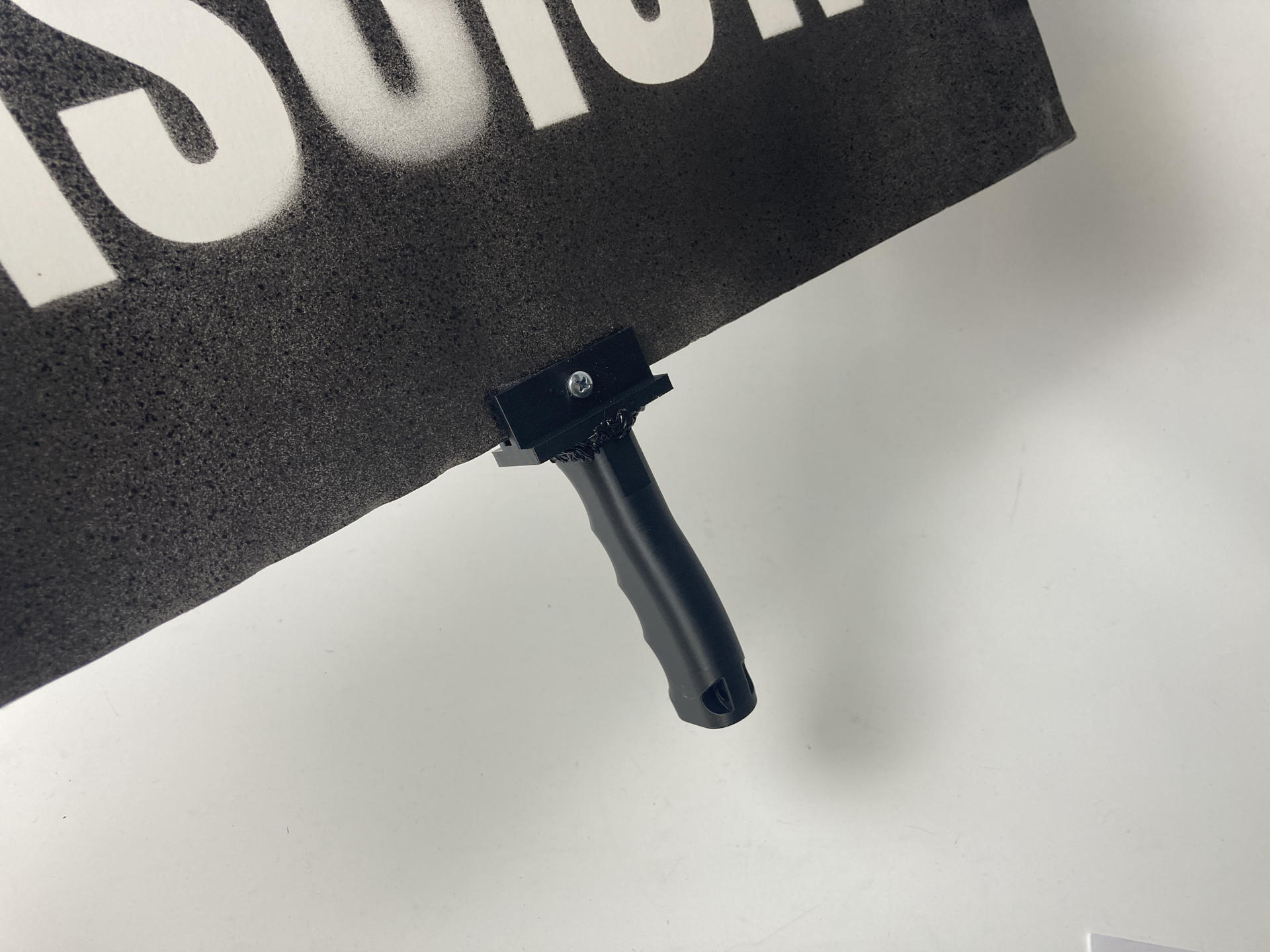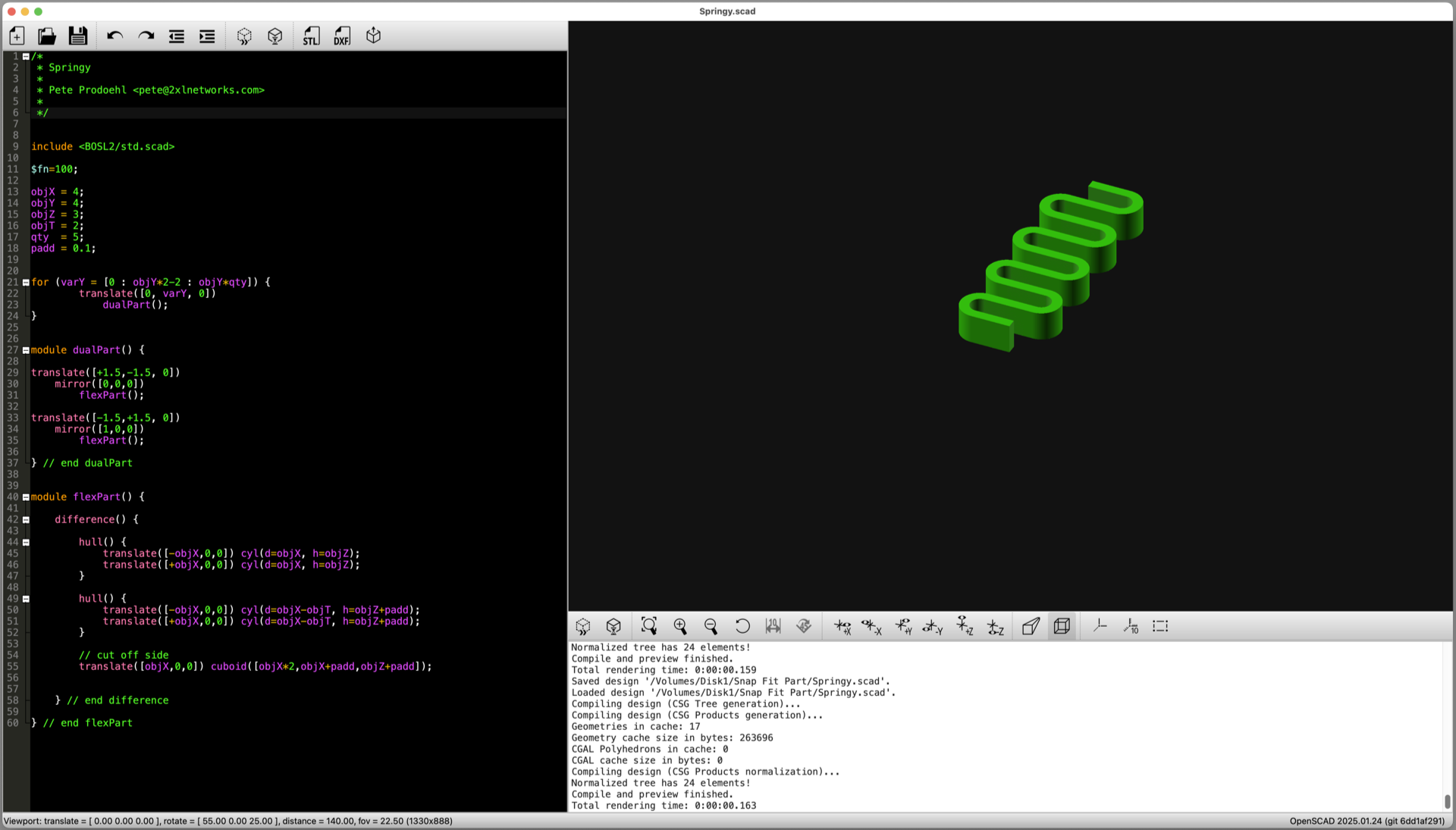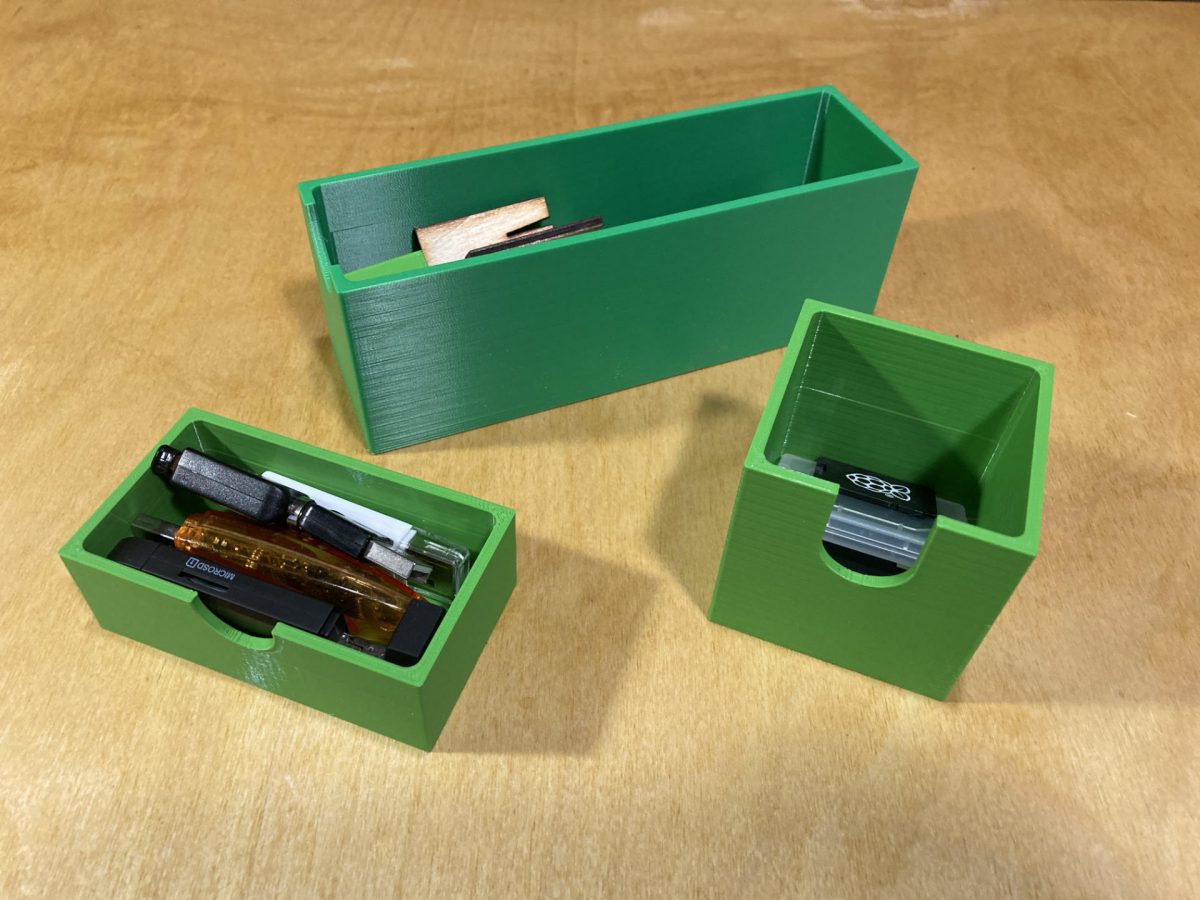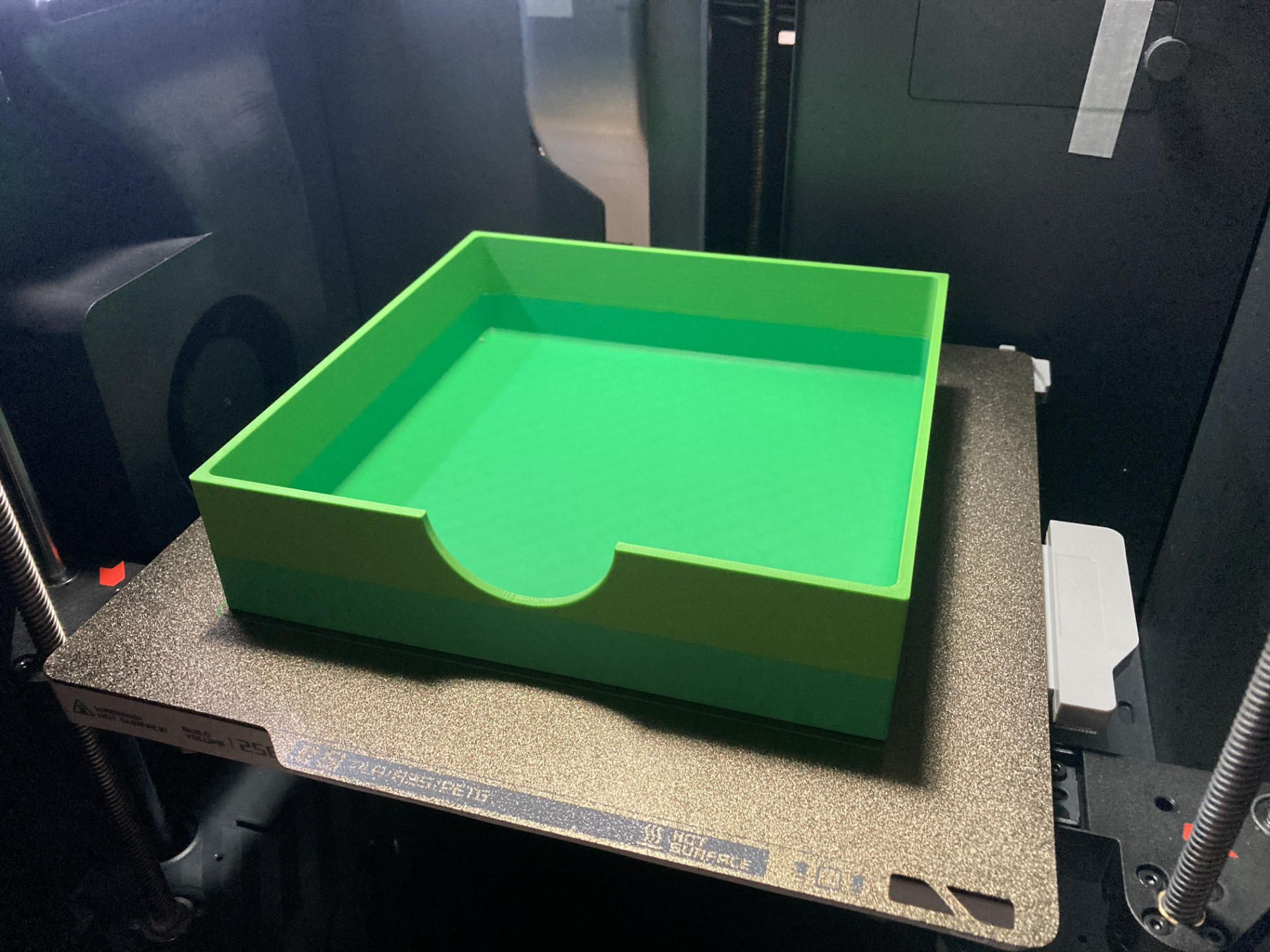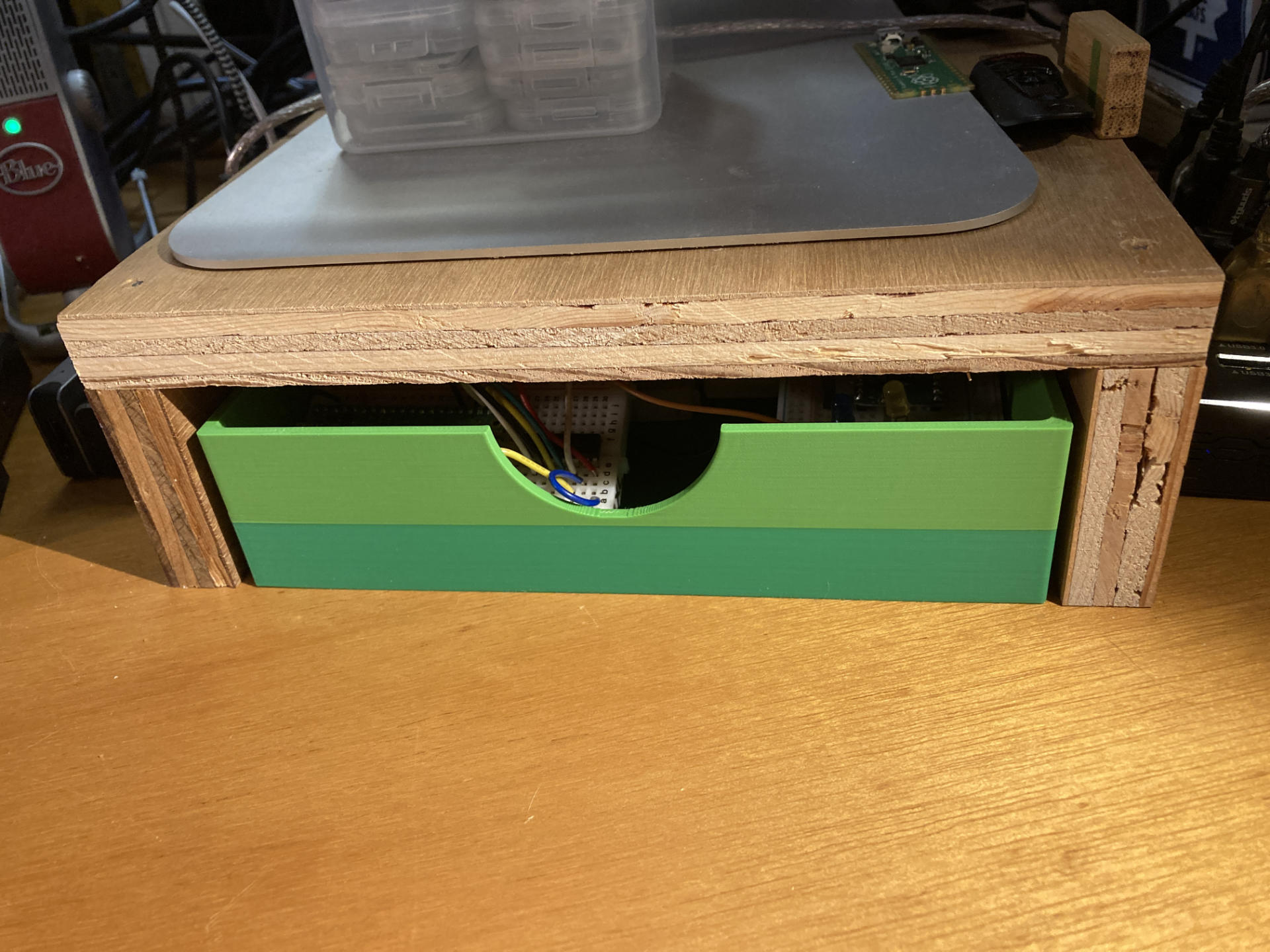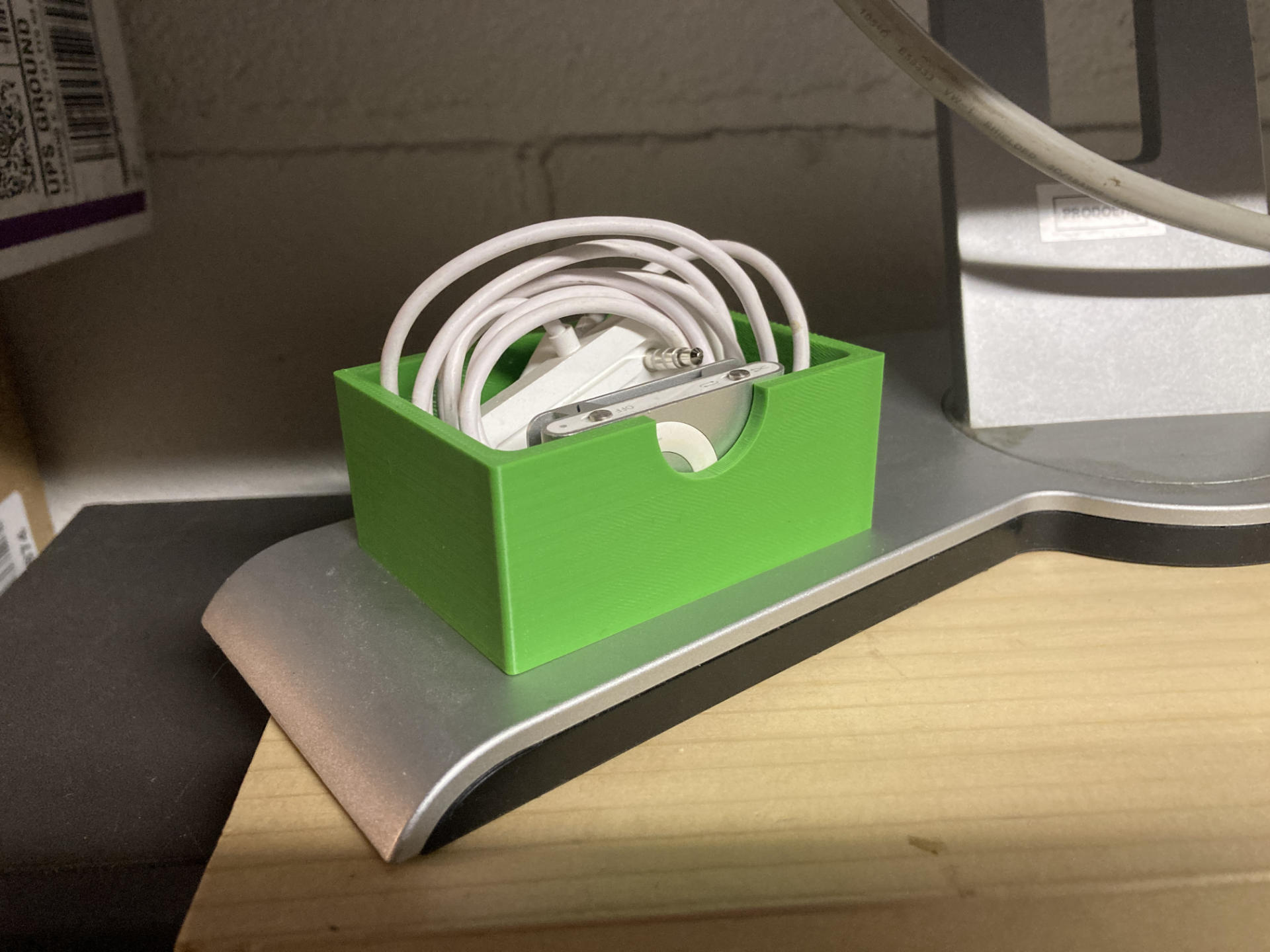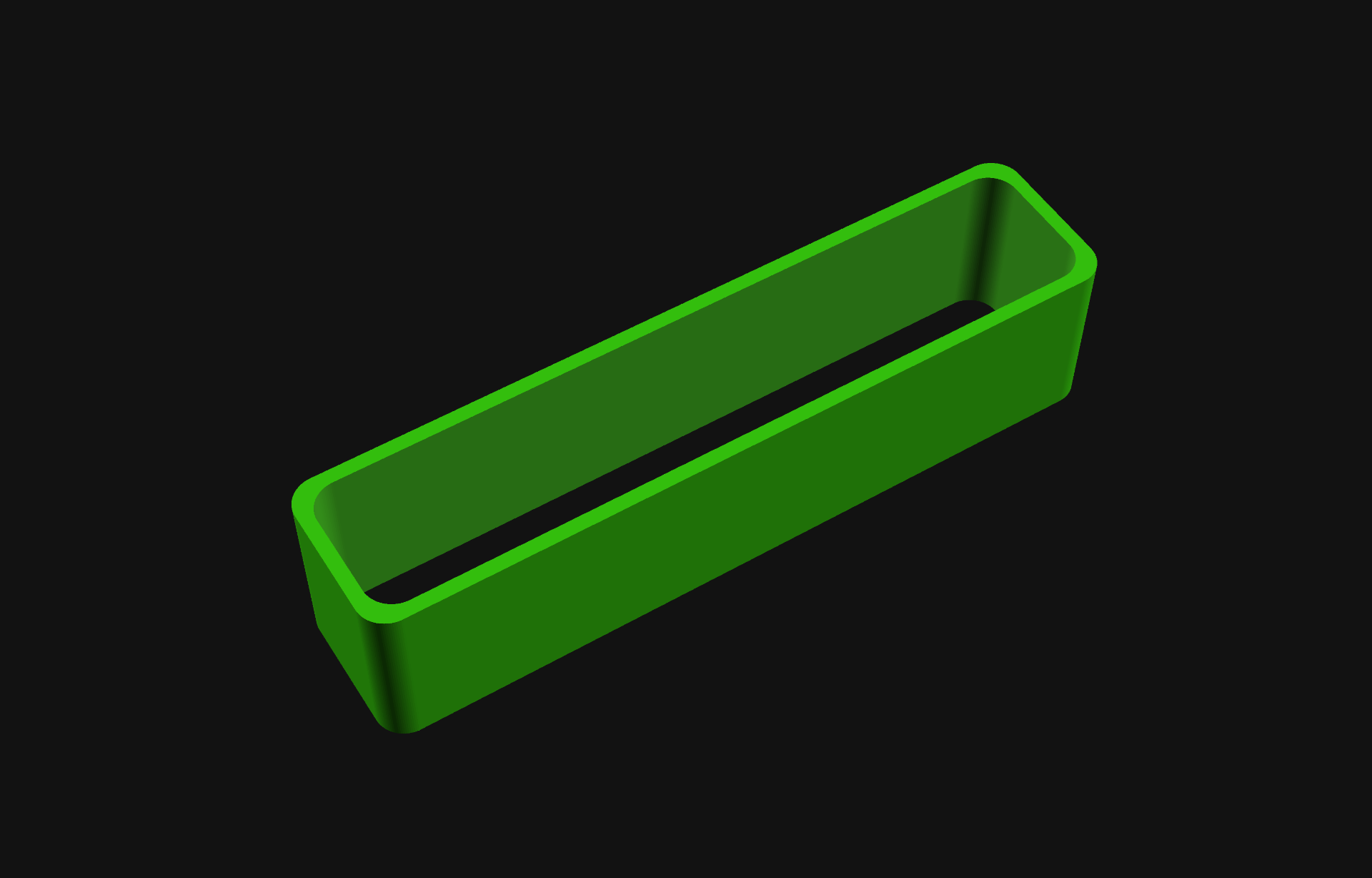
Remember when I fixed my watch band? Well, it didn’t last. The replacement (from my old Fitbit) lasted a few weeks, but it also broke, so I went back to using rubber bands, until…
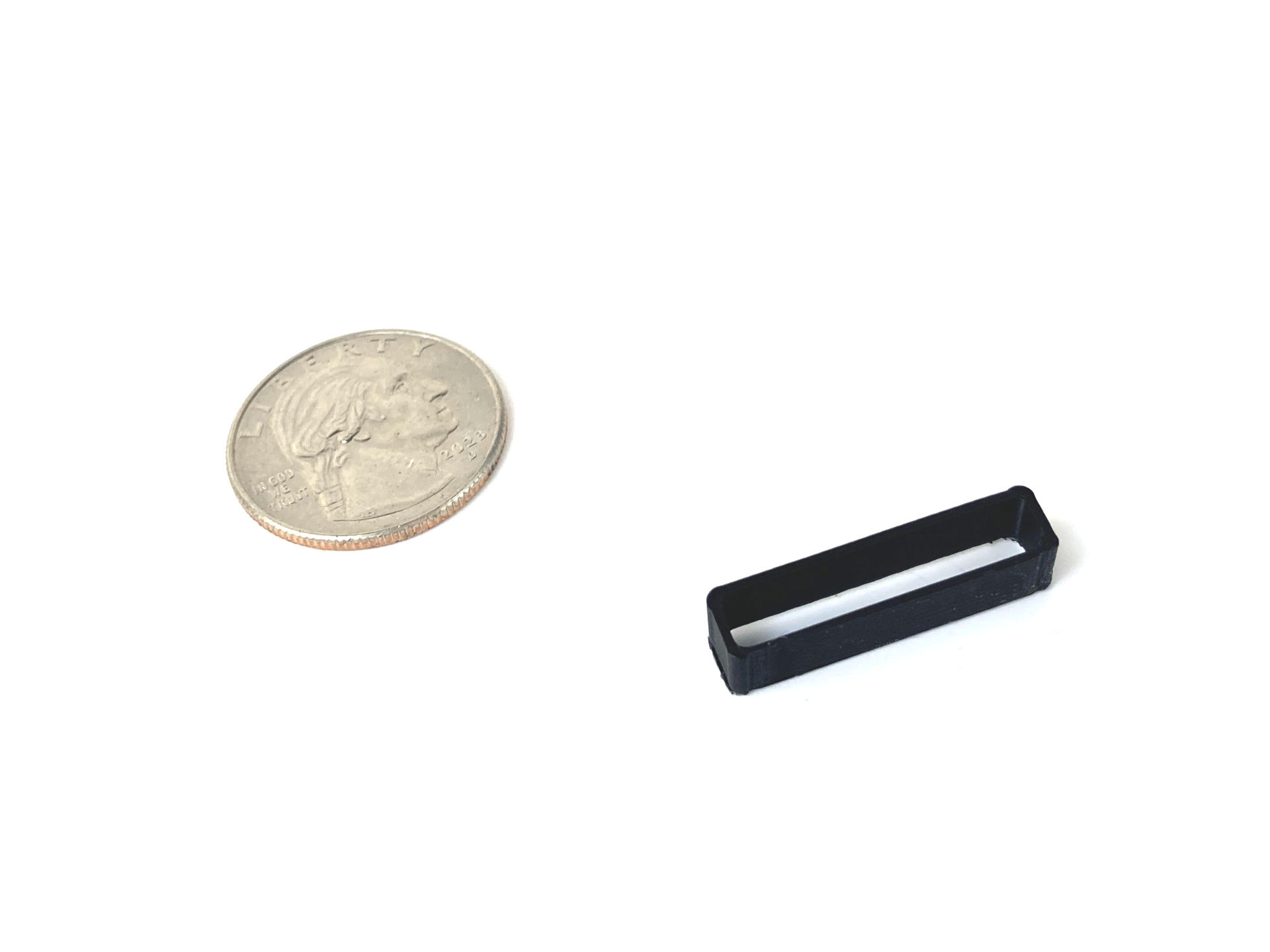
I thought to myself, just 3D print one! And I thought about doing it with TPU. But then I got lazy and just made one with PLA. I figured I would give that a try first, and… it does work!
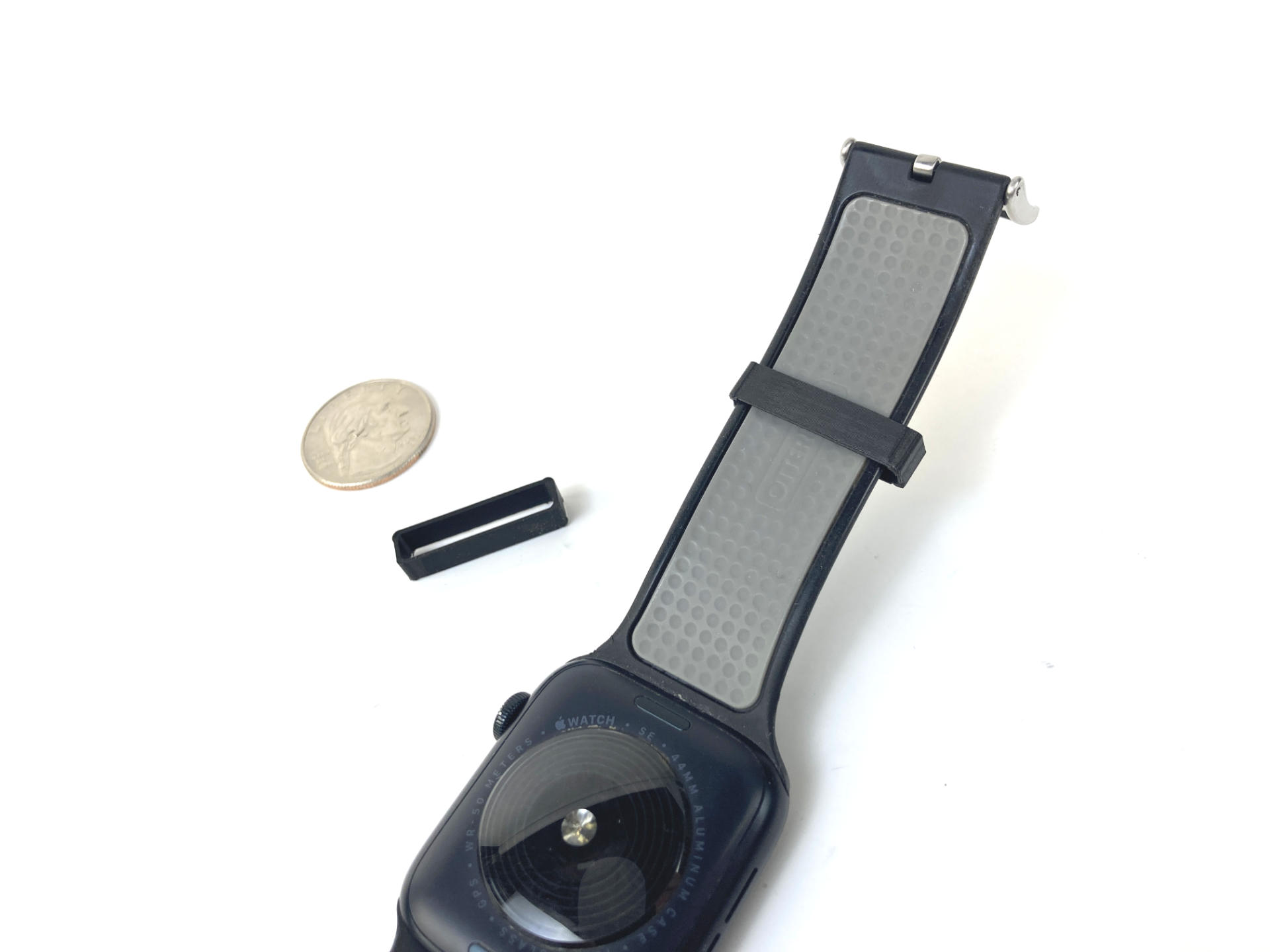
I think I was convinced it needed to be soft and flexible but the PLA one has been under daily testing for over a week now and it might be just fine. The tricky part is I needed to make it just a little bit larger that the piece of metal it needs to slide over to get onto the band. But I didn’t want to make it too much larger. The size is a little annoying because I wish it were smaller, but without the flex of rubber or silicone or whatever, that isn’t happening. (And TPU probably wouldn’t have much stretch anyway.)
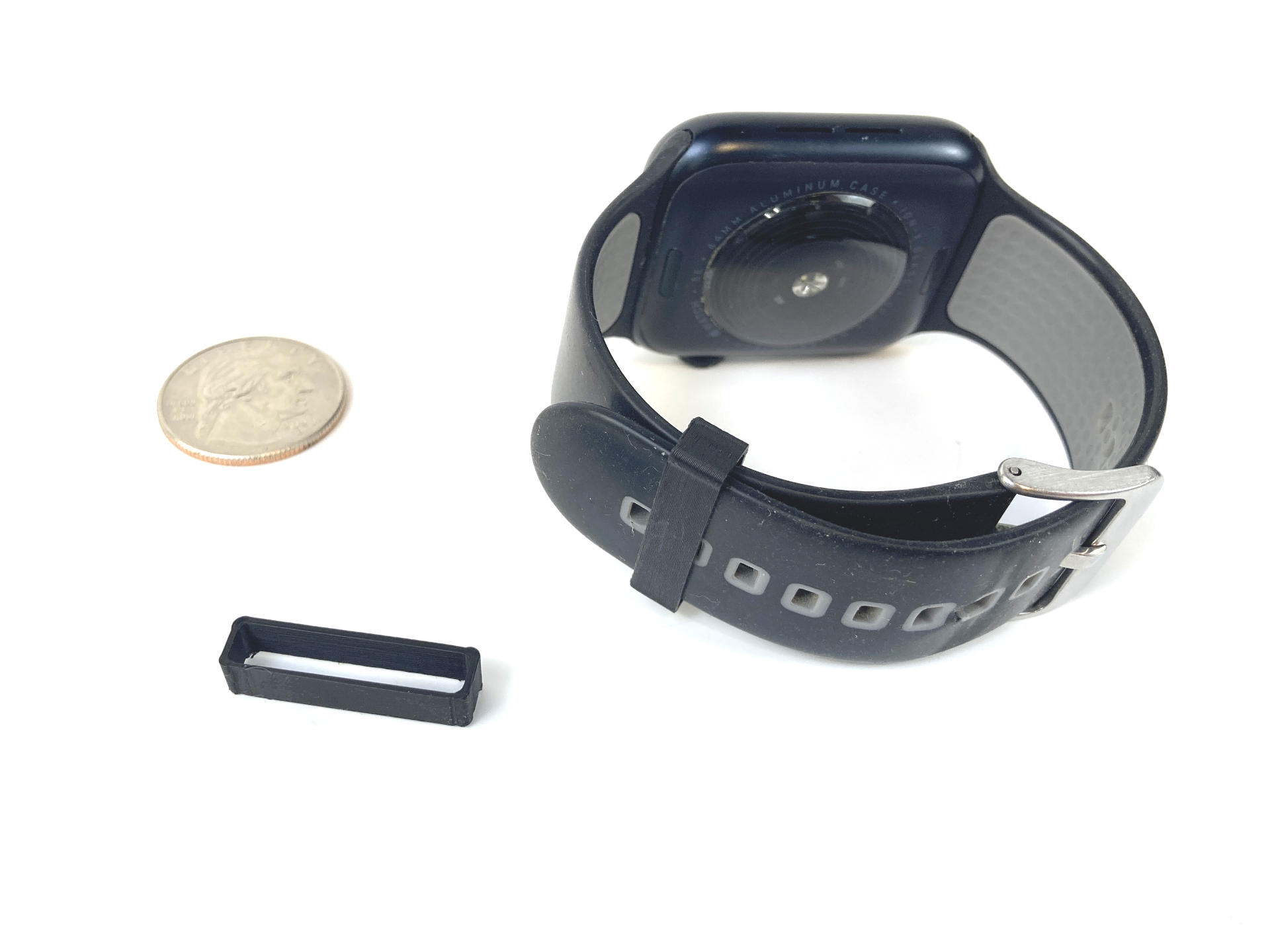
Just in case you need to do this too see the Watch Band Holder files in my OpenSCAD repository. Cheers!

